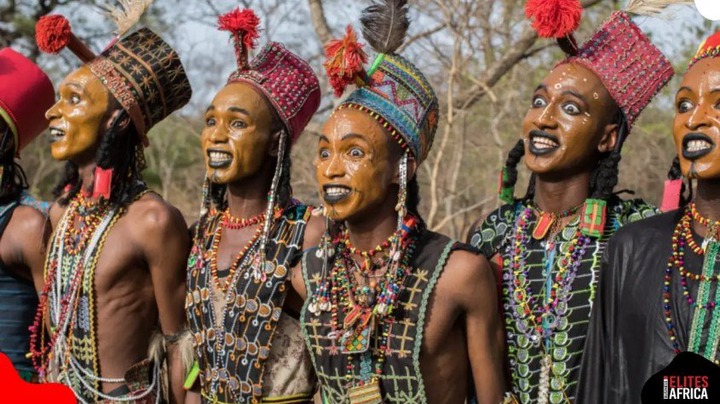JUST IN: African Countries with the Highest Number of Tribes
Africa is often described as the world’s cultural powerhouse, and for good reason. Across the 54 nations on the continent, thousands of tribes and ethnic groups exist, each with its own language, traditions, and ways of life.
This rich variety is what makes Africa so unique, no two countries feel the same. But while every African nation has some level of diversity, a few stand out for having an incredible number of tribes living side by side.
Here are the African countries with the highest number of tribes:
Nigeria
Nigeria sits at the very top when it comes to cultural diversity. The country has more than 370 tribes, making it Africa’s most ethnically diverse nation. The three biggest groups are the Hausa-Fulani in the north, the Yoruba in the southwest, and the Igbo in the southeast.
But beyond these, there are dozens of other important communities like the Tiv, Efik, Kanuri, Ibibio, and Ijaw. With over 500 languages spoken and countless festivals, dances, and traditional practices, Nigeria is a cultural hub that reflects the true spirit of Africa.
Democratic Republic of Congo (DRC)
The DRC is another giant of diversity, with more than 250 tribes spread across its vast territory. Some of the larger groups include the Luba, Mongo, and Kongo, but hundreds of smaller ethnic groups also thrive, often living in remote regions where unique customs and languages have survived for centuries.
The size and geography of the DRC have helped preserve this diversity, making it one of the most culturally rich nations in Africa.
Cameroon
Cameroon is often called “Africa in miniature” because it mirrors the continent’s wide variety of cultures and landscapes. With about 250 tribes, it is home to well-known groups like the Fang, Beti, Fulani, and Bamileke. Over 200 languages are spoken across the country, while traditional art, colorful dances, and ceremonies remain part of everyday life. Cameroon’s mix of cultures makes it a true melting pot that captures Africa’s diversity in one nation.
Chad
Chad’s population is also incredibly diverse, with more than 200 ethnic groups coexisting. In the south, the Sara people are dominant, while Arabs live mostly in the central region, and the Toubou occupy the north.
The country’s position between sub-Saharan Africa and North Africa has created a unique cultural crossroads where Islam, Christianity, and indigenous beliefs all blend together. This mix gives Chad a special identity that stands out in the region.
Sudan
With nearly 200 tribes, Sudan’s cultural identity is shaped by both African and Arab heritage. Major groups include the Fur, Beja, Dinka, Nuba, and Shilluk.
Arabic is widely spoken, but more than 100 local dialects are still used in daily life, preserving traditions and strengthening community bonds. Sudan’s diverse cultural heritage shows how history, migration, and geography can all combine to create a rich and layered society.

